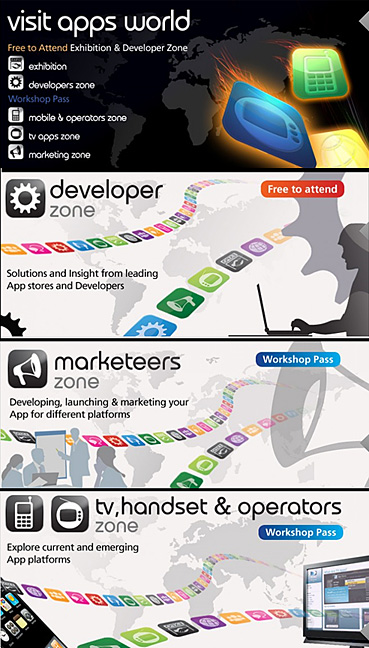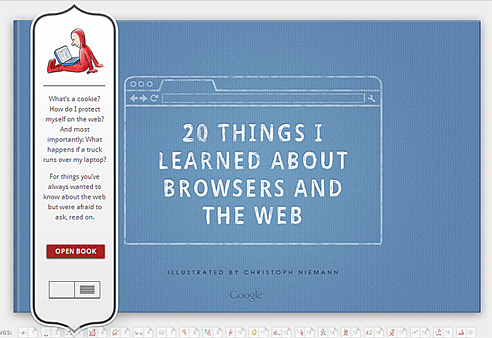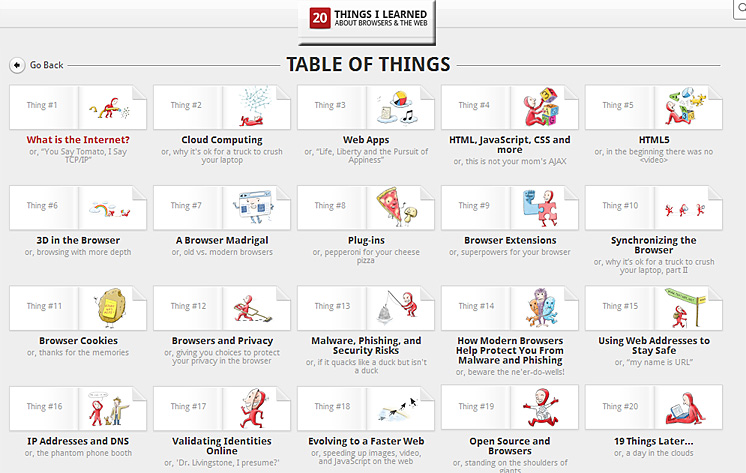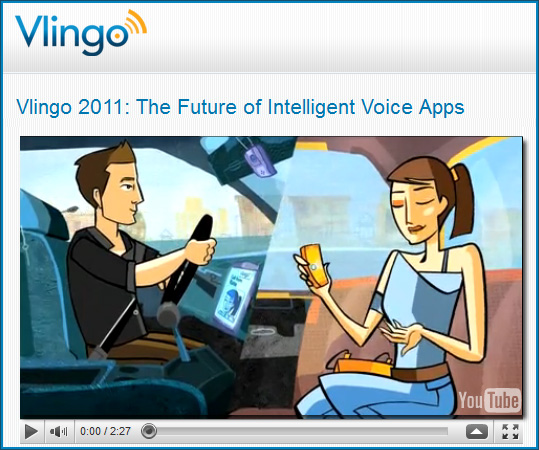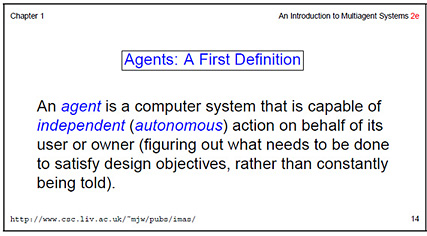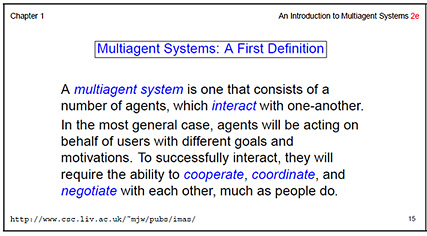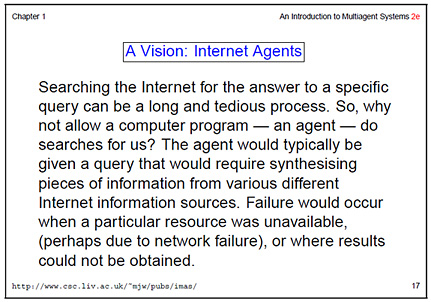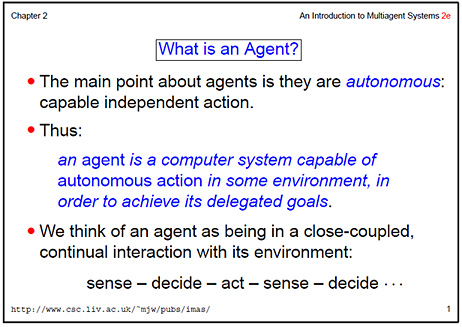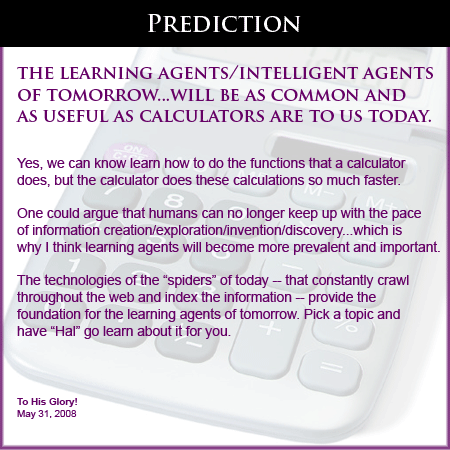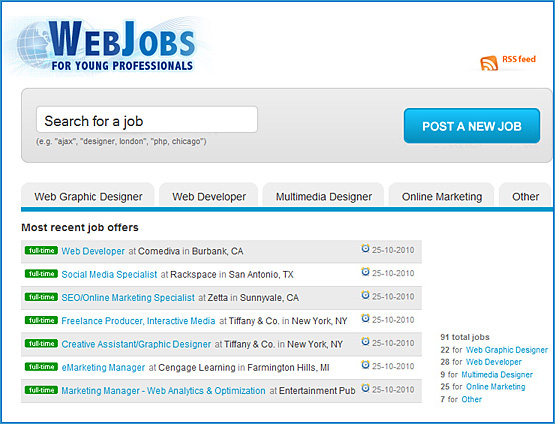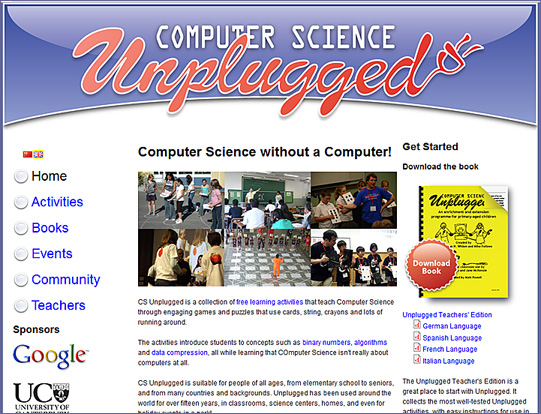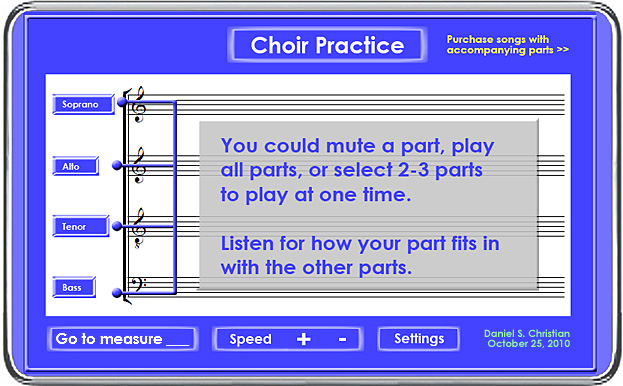The incredible growth of supercomputing performance, 1995 – 2010 — from Royal Pingdom
Computer hardware has become infinitely more powerful through the years, a trend that has allowed computer makers to push the performance to levels we almost thought were impossible just a decade earlier. The exponential growth of computing performance is very noticeable when you examine how the performance of the world’s most powerful computer systems, the supercomputers, has changed over time.
…
Here is the performance of the fastest supercomputer in the world, the past 15 years:
- Top in 2010: 2.57 petaflops
- Top in 2005: 280.6 teraflops
- Top in 2000: 4.94 teraflops
- Top in 1995: 170 gigaflops
If we set the fastest supercomputer in 1995 as the baseline:
- The top supercomputer in 2000 was 19 times faster.
- The top supercomputer in 2005 was 1,650 times faster.
- The top supercomputer in 2010 was 15,100 times faster.
Or, illustrated with a chart:

Also see:
Rewriting Moores Law with faster improvement in computer speed using IBM silicon photonics









